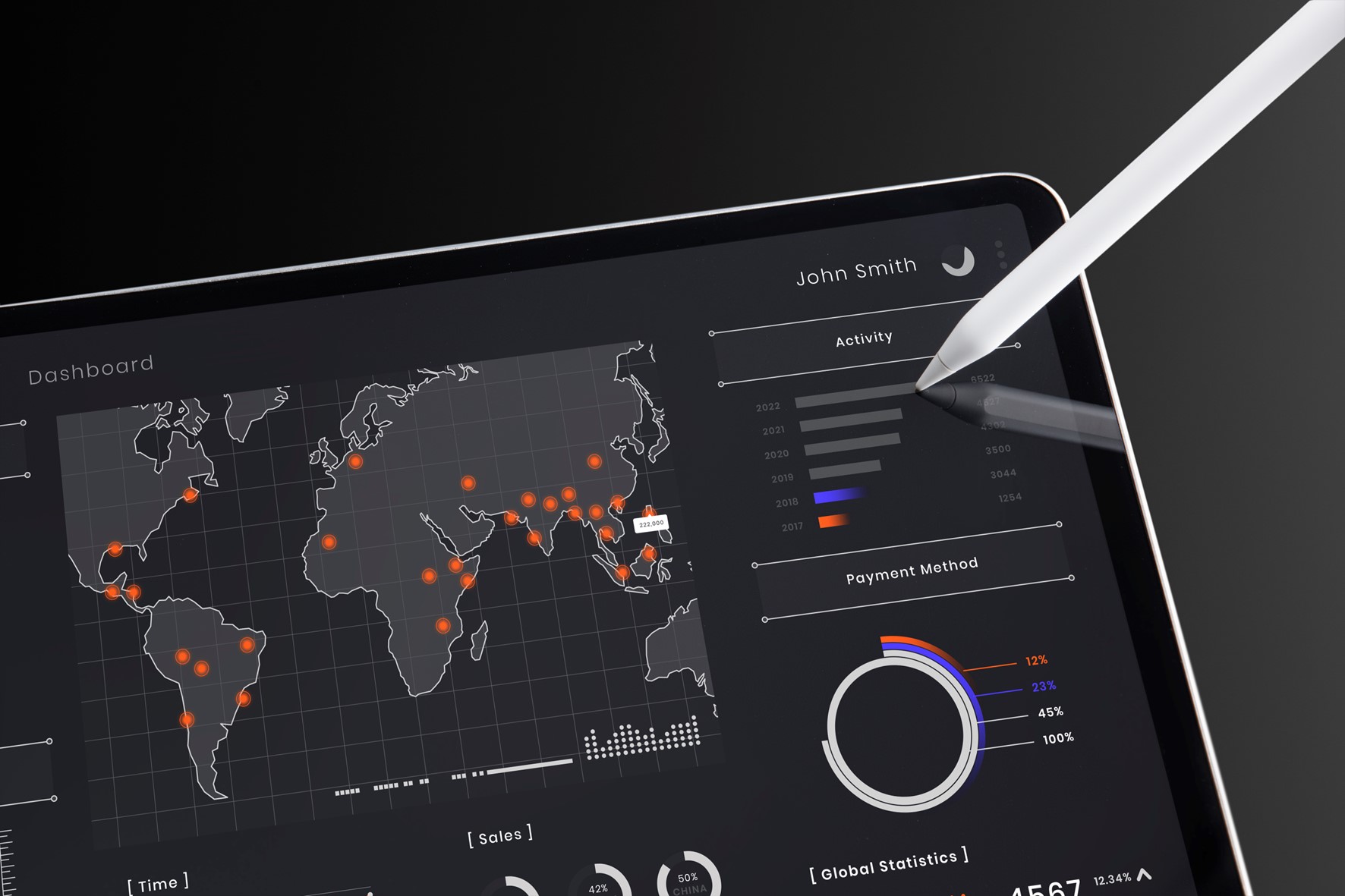Discover how a dashboard can assist in making your asset management more efficient!
Asset management is a critical activity for any company aiming to optimize resources, reduce costs, and enhance productivity. But how can you quickly and effectively monitor the performance, condition, and location of all your assets? The answer lies in using a dashboard.
In asset management, a dashboard is a visual tool within software that presents the most relevant information about a specific asset in one place. With this panel, you can have both an overview and detailed view, monitor key indicators, identify issues, and make data-driven decisions.
In this post, we will show how a dashboard can be essential in making your asset management more efficient. Let’s dive in!
Key Features of a Dashboard in an Asset Management System
An asset management system is software that allows you to control and manage all your assets, from acquisition to disposal. To be truly effective, it should offer a dashboard with the following features:
- ● Data Visualization: It should enable the visualization of asset data in various formats, such as charts, tables, maps, and calendars. This way, you can analyze information more clearly and intuitively.
- ● Filters and Segmentation: This feature should allow you to group assets based on criteria like type, location, status, responsible parties, categories, and more. This enables you to focus on data that’s most relevant to your objectives.
- ● Alerts and Notifications: Significant events related to your assets should trigger notifications, such as warranty expiration, maintenance requirements, status changes, and more. This allows you to respond promptly and prevent issues.
Adaptability to Customer Demands
One of the main benefits of a dashboard is its adaptability to your needs. This means that the panel should be customizable according to your requirements and preferences.
For instance, you can select the indicators you want to track. The dashboard should allow you to choose the most crucial indicators for your asset management, such as utilization rate, total cost of ownership, mean time between failures, and more.
Another aspect of customization is the analysis periods: daily, weekly, monthly, annually, and so forth. This allows you to compare results over time and identify trends and patterns.
Customizable layout and design are also highly desirable features. By altering colors, fonts, sizes, and element positions, you can create a dashboard that is both visually appealing and easy to navigate.
Importance of Sharing the Dashboard with Team Members
Another advantage of a dashboard is its shareability with team members involved in various stages of asset management and maintenance. This benefits your business by:
- ● Enhancing communication between teams and departments, preventing misunderstandings and miscommunications.
- ● Encouraging collaboration among stakeholders, fostering idea exchange and joint problem-solving.
- ● Ensuring alignment of everyone with asset management goals and strategies, thereby increasing commitment and responsibility.
Considering these numerous advantages, always evaluate the dashboard functions available in your asset management software. By doing so, you can have a comprehensive and up-to-date view of your assets, monitor key indicators, and personalize your panel according to your needs.
If you’re looking for an asset management system that offers a comprehensive and flexible dashboard, consider Manusis 4. Manusis 4 is software that allows you to control and manage all your assets in an integrated and intelligent manner. Request a demo today!






Leave A Comment